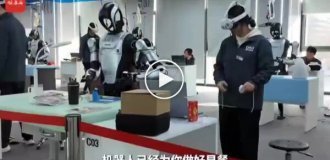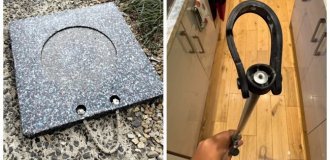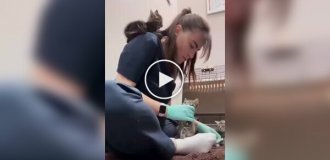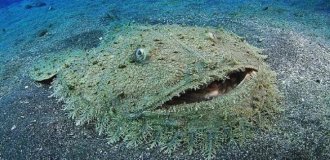Interesting facts about Maria Sklodowska-Curie (15 photos)
Her life was really exciting. She became the first in history of a woman who received a Nobel Prize. And this is in the years discrimination against women, when no one in science took them seriously. 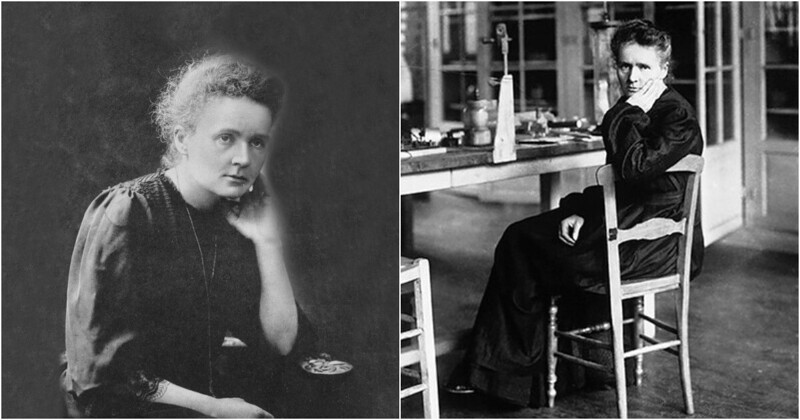
And Maria had two Nobel Prizes - in chemistry and in physics. Yes, she also became the first ever Nobel laureate, won the award twice. 
It is she who owns not only the discovery of radioactivity, but also the introduction this term into use. She worked with her husband, Pierre Curie and renowned physicist Antoine Becquerel. 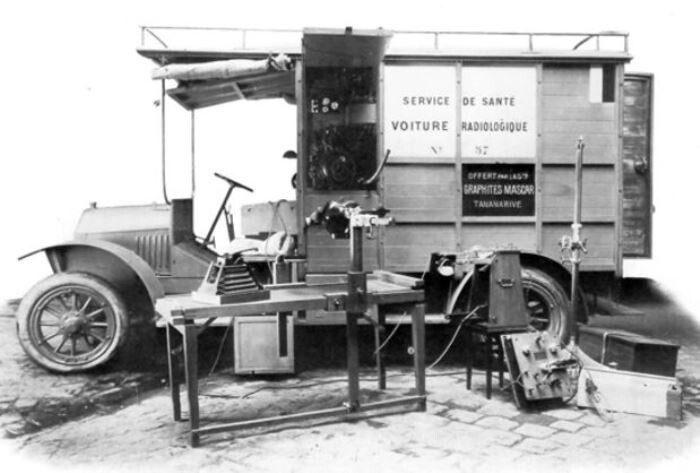
The discoveries made by Curie saved many lives. Thanks to its mobile X-ray machines, whose equipment and she took up the service as soon as the First World War began, the lives and health of many wounded soldiers were saved. Almost all the money that Maria received for both Nobel Prizes, she invested in war loans to France. In total, during the war years, the scientist and her assistants took over a million x-rays. 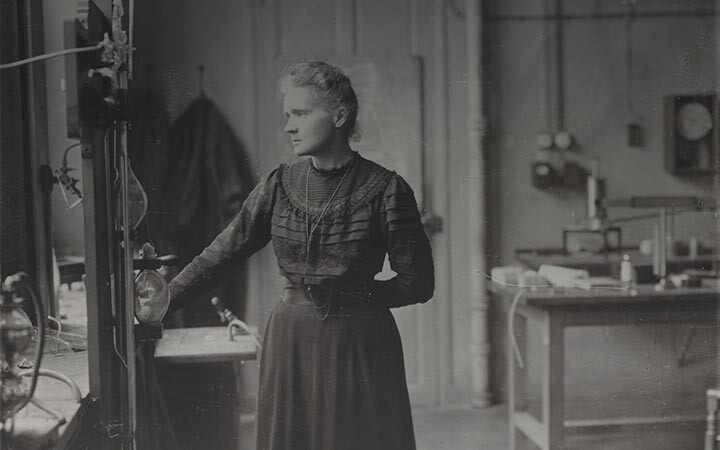
Together with her husband, Marie Curie discovered two new chemical elements - polonium and radium. Radium was named so from the word "radius", that is, "ray" in Latin, and polonium - in honor of Poland, the homeland of the scientist, from the Latin Polonia means Poland. 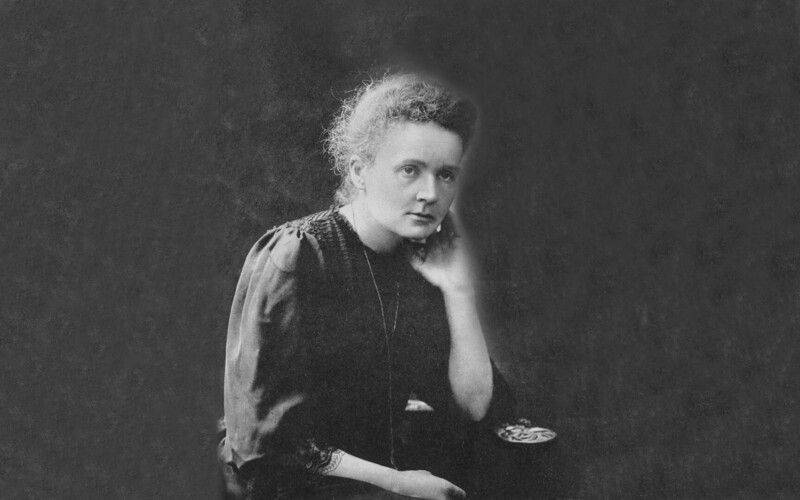
The prestigious Sorbonne University, which is located in Paris, is known perhaps all over the world. This ancient educational institution was opened in 1257 year. Marie Skłodowska-Curie became the first female teacher in his history. 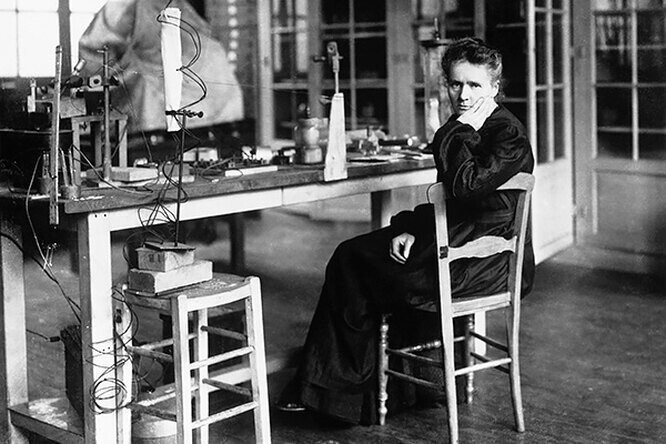
The unit of measure for radioactivity is called "curie". She was named that in honor to the greatest scientist who literally gave her health, working over the study of radioactive elements. 
Society in the late 19th and early 20th century condemned some of Mary's habits Curie, considering them simply outrageous for a lady. But she didn't care public opinion and she continued to wear men's trousers instead of dresses, climbing, periodically cut her hair short. And she also became one of the first female drivers in the world, having studied and obtained the rights to driving. 
After dark, Maria often used radium as a lamp, unaware that it was killing her. 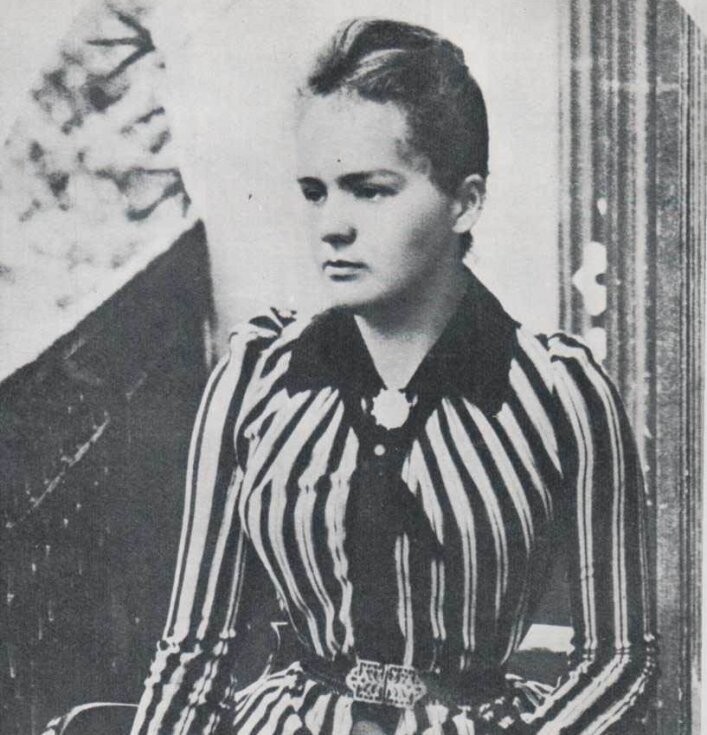
After graduating from school, the future Nobel laureate wanted to continue engage in education, but Warsaw University then accepted only men. But this did not stop her and she began to go to underground educational courses for women. 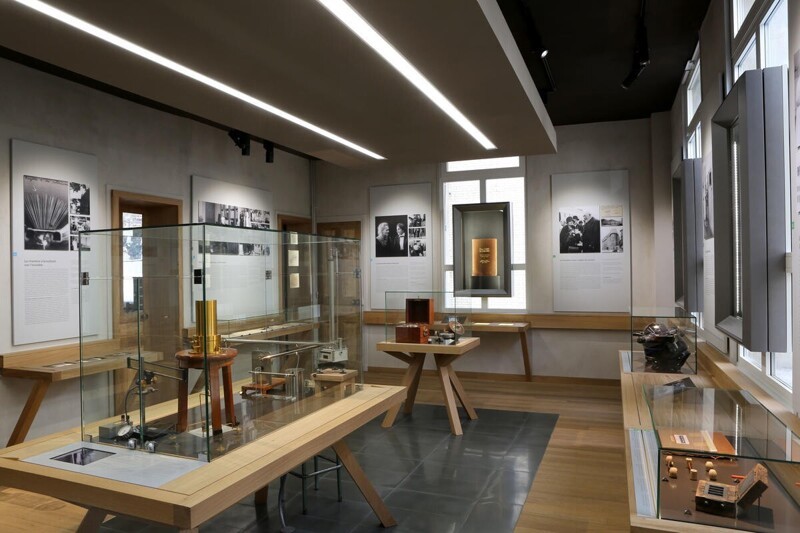
The museum dedicated to the life of Curie has many of her things, which are still radioactive. They buried her in a coffin, which in the morning shielded with lead sheets. 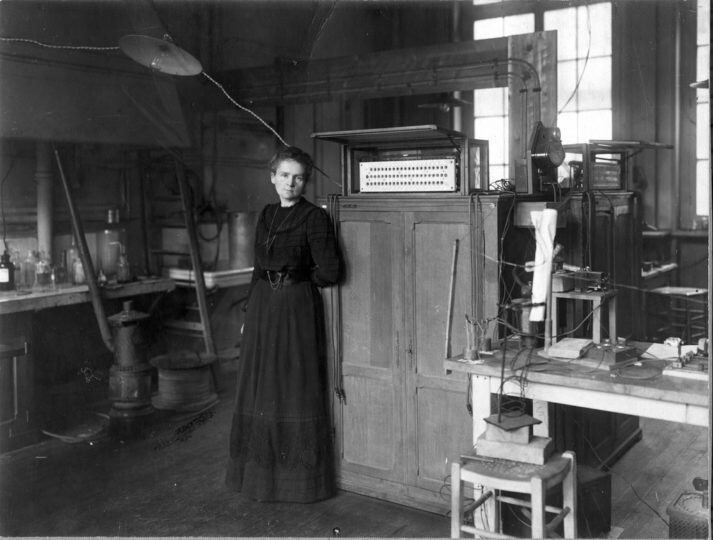
Marie Curie had a major impact on ridding the world of the stereotype "Women have no place in science." It was common in that era. For the entire her life she received 20 scientific degrees, 7 medals and was a member of 106 various scientific communities around the world. 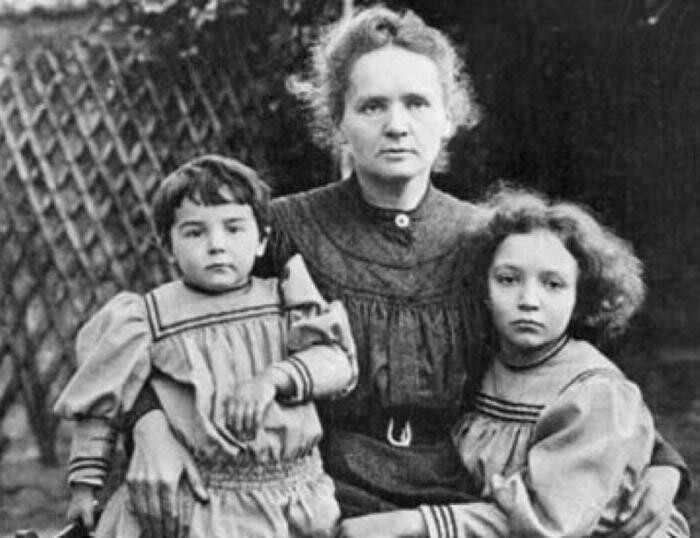
Both she and Pierre suffered from radiation sickness. However, in their marriage two perfectly healthy children were born. Daughter Irene also went to in the footsteps of his parents by marrying a chemist and devoting his life to science. Irene also received the Nobel Prize for the discovery artificial radioactivity. 
For the last fifteen years of her life, Skłodowska-Curie did not go outside. without gloves. The manifestations of radiation sickness became visually noticeable and the hands her hands were affected by radiation burns, which she tried hide. 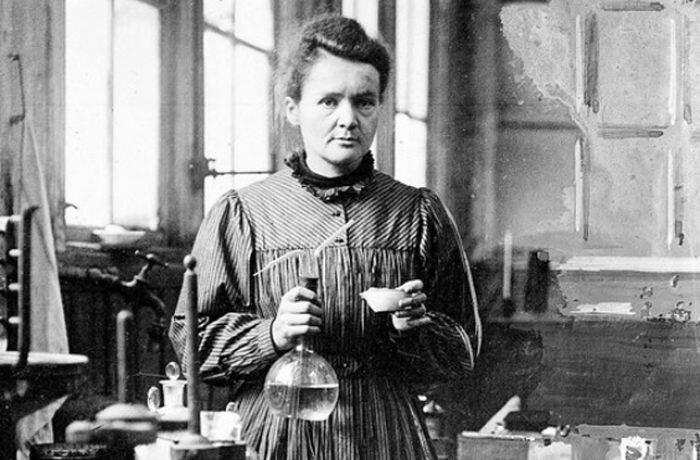
It is noteworthy that Marie Curie lived a long (66 years) life, taking into account that she suffered from radiation sickness. While working with radioactive materials, neither she nor her colleagues even suspected the danger they pose. 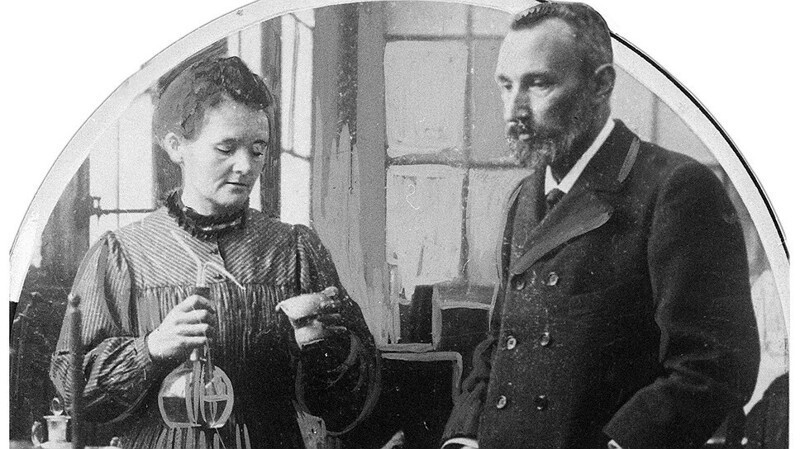
When Maria and Pierre discovered radioactivity and it became clear that he had there are a lot of different applications, they were offered to patent it opening. The couple refused, handing it over free of charge for use. humanity.





